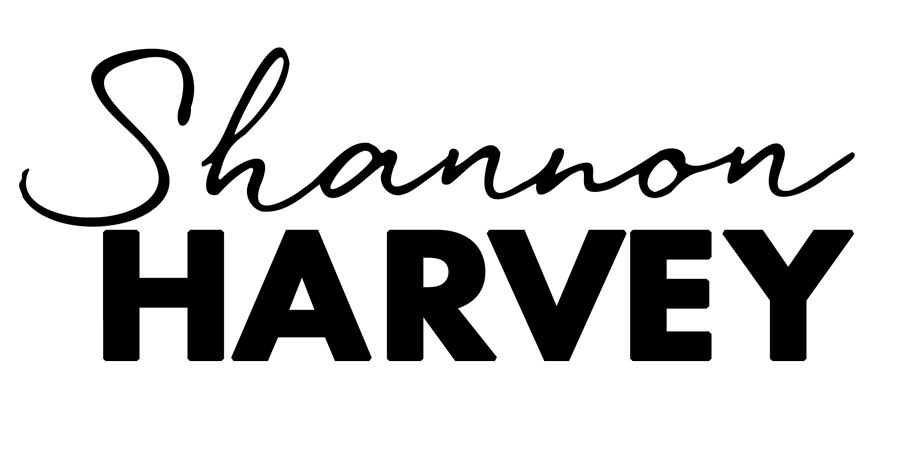
In the last few weeks I’ve been doing a social experiment unbeknownst to the people around me. My family, friends, colleagues and even total strangers have all been unwittingly drawn into the exercise. Inspired by the work of Professor Barbara Fredrickson, a leading researcher looking at the health benefits of positive emotions, I’ve been practising the ‘Three Loving Connections’ exercise. It involves consciously trying to boost my brain and body’s experience of the power of love by seeking out three meaningful interactions each day and reflecting on them each night. According to Fredrickson’s findings, it appears these micro moments may not only make me healthier, but they may also make me live longer.
In the last decade the fascinating research field of positive emotion has exploded with studies showing that people who experience warmer, more upbeat emotions tend to live longer and healthier lives. In her new book Love 2.0 Fredrickson writes that the supreme positive emotion is love. Its presence or absence influences everything we feel, do, think and become. It’s the glue bonding us together for the survival of our species.
Fredrickson is not talking about the kind of smoochy, pop culture love associated with romance and marriage, but rather a scientific version of love that she calls positivity resonance, which happens when you and another person mirror each other’s positive emotional state.
It’s utterly bizarre to think that we can experience love, at least this scientific definition of love, with a total stranger.
The research shows that in most instances your eyes meet, and what occurs is a kind of mind-body-meld. On a physiological level, activity in your body and brain triggers parallel changes within another person’s body and brain. Your minds literally sync up.
This all happens within a micro moment. It’s not about sexual attraction. It’s not about fond regard. It’s not even about those special feelings you have towards your partner, kids, parents or close friends. This is a physiological, biochemical event that occurs in harmony between people. Viewed this way, love belongs to not one person, but to pairs or groups of people and is actually all about finding connection.
So, if we want to boost our love to boost our health, what can we do?
Three Loving Connections
Frederickson and her team has shown the power of practicing Loving Kindness Meditation; which can lead to a boost in positivity and life satisfaction as well as a reduction in depressive and illness symptoms. But if you’re not a meditator, you might like to join me with your own ‘Three Loving Connections’ experiment.
- Each day look for three opportunities to connect with others (it could be a relative, friend, colleague, or complete stranger. Each interaction can be with the same person or with three different people)
- Approach this potential interaction with warmth, respect and good will
- Make an effort to stay present and listen with an open heart
- Offer your eye contact and (when appropriate) your touch
- Share your own light-hearted thoughts and feelings
Write It Down
Each night call to mind your three interactions. Rate each of the following statements on a scale of 1 (not true at all) to 7 (very true):
- During these interactions, I felt “in tune” with the person/s around me.
- During these interactions, I felt close to the person/s around me.
In preliminary findings, one of Fredrickson’s postgraduate students has uncovered that actually recording these experiences triggers positive physiological effects on the body. In a pilot study for her yet to be published dissertation, Bethany Kok has shown that taking one minute each day to record how ‘close’ and ‘in tune’ you feel when interacting with others can produce improved heart function and a boost in day-to-day positive emotions.
I find that this Three Loving Connections exercise ties in nicely with Dr Martin Seligman’s Three Good Things exercise that I wrote about at the end of this blog post. (The research shows that doing the Three Good Things exercise for just one-week increases happiness and decrease depressive symptoms for six months.)
Boosting Your Success Rate
In doing my experiment, I’ve learnt the hard way that not every exchange with every person is an opportunity for Fredrickson’s positivity resonance to blossom. (I had a rather awkward moment with a parcel delivery guy who interpreted my eye contact and open conversation as an invitation for romance). This newly defined version of love is tough to grow. It blooms only under very specific circumstances. It doesn’t happen automatically and it’s very hard to manufacture, stemming from particular patterns of thought and action. Fredrickson believes there are two strict conditions that must be met:
- A feeling of safety, both internal and external
If there’s any sense of threat or danger, love won’t bloom. You don’t have to be about to be hit by a car to feel unsafe; this is about your perception of danger.
- Real-time sensory connection
Scientists believe that eye contact may well be the most potent trigger for connection and oneness and although voice such as over a telephone, gestures, touch and laughter can also act as fertilizer, Fredrickson is adamant that the key is physical presence.
Conclusion
I’ve been trying this out for a few weeks and I’ve experienced some amazing connected micro moments. They’ve happened when I’d expect them to (seeing my best friend and her newborn baby), they’ve happened after I’ve deliberately sought them out (connecting with my son’s childcare teacher while talking about their shenanigans during the day), they’ve happened when I didn’t expected them to (while I was on a panel doing a Q and A about my film) and they’ve happened with hundreds of people all at once (the result of a swelling of shared joy that sprung up during a live Michael Franti gig).
There have also been many failed attempts (the delivery driver is one example) and I’ve found that often the circumstances aren’t right because the other person I’m hoping to connect with is busy, disconnected and mentally somewhere else; a symptom of the world we live in full of ‘things to do,’ email, texts, Instagram, XOXs and LOLs. More than ever I’m conscious of missed opportunities for deep connection. Blink, and they’re gone.
I’ve also found that making a conscious effort to cultivate connections nurtures deeper and stronger relationships. I’m more relaxed and cheerful and I find that facing difficult relationships is a little easier too. I have more generosity and warmth towards people. The writing exercise is also valuable. It’s so nice to know I will end each day on a positive note. No matter how tough.
I realize that taking this scientific view of love reduces the essence of some of human kind’s greatest art, profound journeys and grand acts of compassion to a chemical reaction and you may think the ‘L word’ is far too strong, preferring to call it positivity resonance. However you think of it, I hope you are intrigued and start looking for your own micro moments of connection. I believe this kind of loving mindfulness has the potential to profoundly change our connectedness with each other and with ourselves. Happy positive resonating!





 The Connection (DOWNLOAD-TO-OWN)
The Connection (DOWNLOAD-TO-OWN) My Year Of Living Mindfully - Book
My Year Of Living Mindfully - Book




